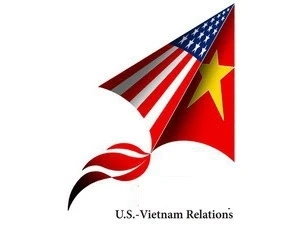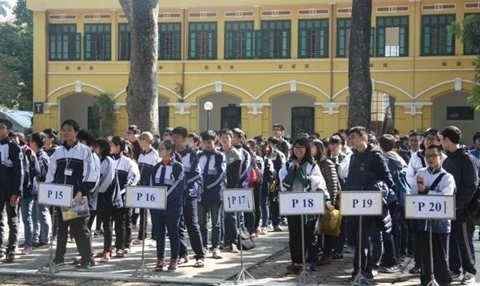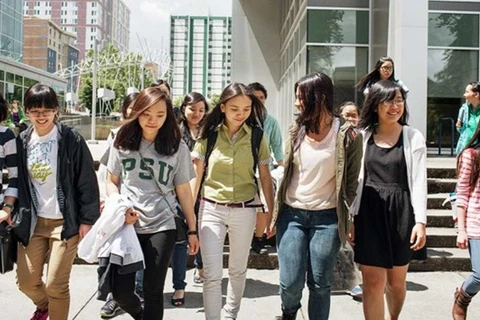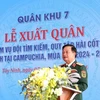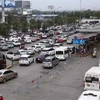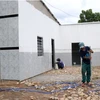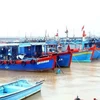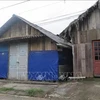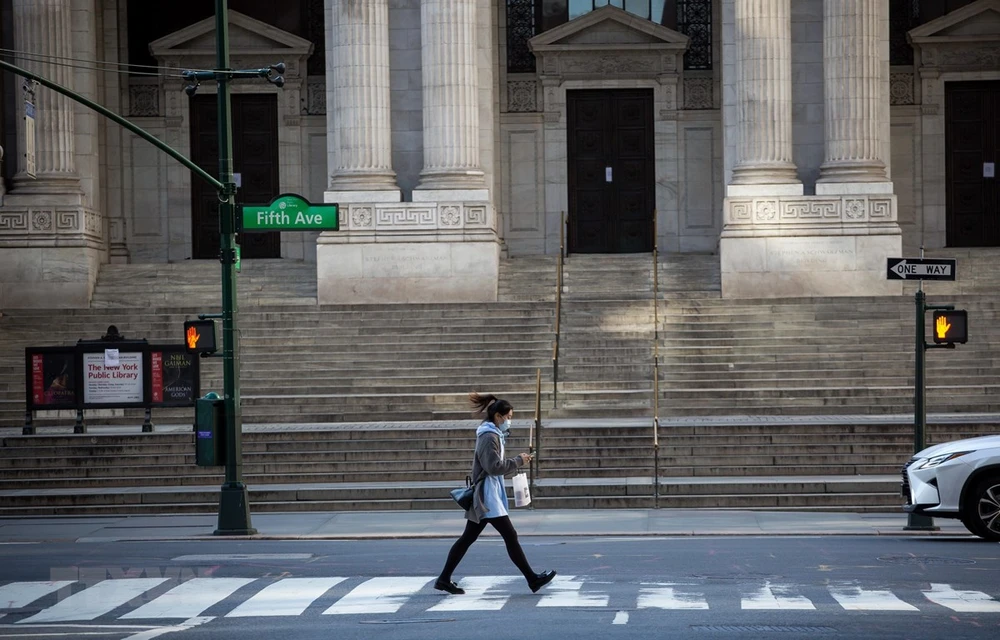
Hanoi (VNA) – Experts give their advice to Vietnamese students in the US about who should stay and who should return to Vietnam, along with seven things to do before returning home amid COVID-19.
According to latest report, the number of COVID-19 cases in the US reached 4,736 with 93 deaths. In the evening of March 16 (local time), San Francisco enforced a curfew, and Los Angeles is likely to become the fourth city to follow suit in the fight against the pandemic.
Given such context, parents’ concerns have sprung up along with wishes that their children can come back to Vietnam.
Doan Cam Tu, an alumnus of the US-based Fairmont Private School and now academic director of Pi Education Vietnam, offers her advice on the matter.
Tu recommended that parents and students ought to seriously take into consideration individual, family, community and global factors before making any decisions.
When should you leave?
According to Tu, students should consider going home if they are among the following groups:
1. Those who have other illnesses which put them at high risk of severe breathing problems when catching SARS-CoV-2. Tu said as Vietnam has been doing very well in quarantine and treatment, with the number of infections in the country remaining low, it will be a good option to get treatment at home if you catch the disease. The students will also have better mental health when being close to their family, a bonus if they have to be quarantined or treated for the virus.
2. Their families will feel secure if their children are near, preventing unnecessary pressure or anxiety. However, there is also a high risk of transmission if the students fly home from epidemic-hit areas.
3. Vietnamese student community in US states with high number of infections like Cali, New York, and Washington DC that means high risks of community unrest.
Foreign students have to pay more for food and accommodation and will not be prioritised as US citizens in emergencies. As such, students in the above-said locations should consider going home whenever possible.
Given the current pandemic, there is no absolute analysis and the students should prioritise community benefits when making decisions and think with a cool head.
4. A global pandemic leads to complexities and instabilities like race discrimination, thus one should not let thinking on such issues affect their morality and decisions.
When should you stay?
If the chance of being infected and impacted by the pandemic is low, the students should stay where they are, because traveling increases the risk of infection.
Keeping calm when things fluctuate is suitable in the context that the US has declared national emergency over the coronavirus.
What should you do when deciding to leave?
You should choose safer air routes and avoid long routes that require transiting in countries with high numbers of infections. You should choose the Vietnam Airlines and read official information given by the General Department of Vietnam Customs and the Civil Aviation Administration of Vietnam to learn about best routes to fly.
Seven things to do upon leaving:
1. Check out of dormitory or rented rooms. Collect all belongings to take with you on your trip or store them in boxes to be kept at warehouses or your acquaintances’ places.
2. Ask your acquaintances to drive you to the airport or use private car services. Avoid the use of public transport.
3. Bring cash and check your important papers again.
4. If you have allergic or flu symptoms, you should take medicine before leaving to prevent others from thinking that you are having the virus.
5. Bring face masks, hand sanitizer, body soap, and antibacterial hand wipes like WetOnes and tissue paper. For each flight, you will need a cotton bedsheet to cover your seat and clothes to change.
6. Monitor your surrounding environment during your flight and keep updating your family on your situation. Write down all detailed information when filling out health declaration form at your last stop so that you will be taken care of correctly when necessary.
7. Limit the number of people to pick you up upon arrival and carry self-quarantine in 14 days if you are not among those going to concentrated quarantine facilities.
Conclusion: It is up to you to decide to stay or leave, but think of your family, community and home country when you do it./.
| As of March 17 (Vietnam’s time), COVID-19 spread across 162 countries and territories with 183,116 infections, including 7,175 deaths and 79,904 recoveries. In March 16 alone, there were 12,848 new cases recorded worldwide with 638 deaths. Vietnam contributed 4 cases to the total. As such, the number of COVID-19 infections in the country reached 61, of which 16 were cured. |

